artworks, artists and exclusive offers. Sign up now
[INTERVIEW] Interview with JORIS GRAAF
June 3, 2021
By Gary Kim
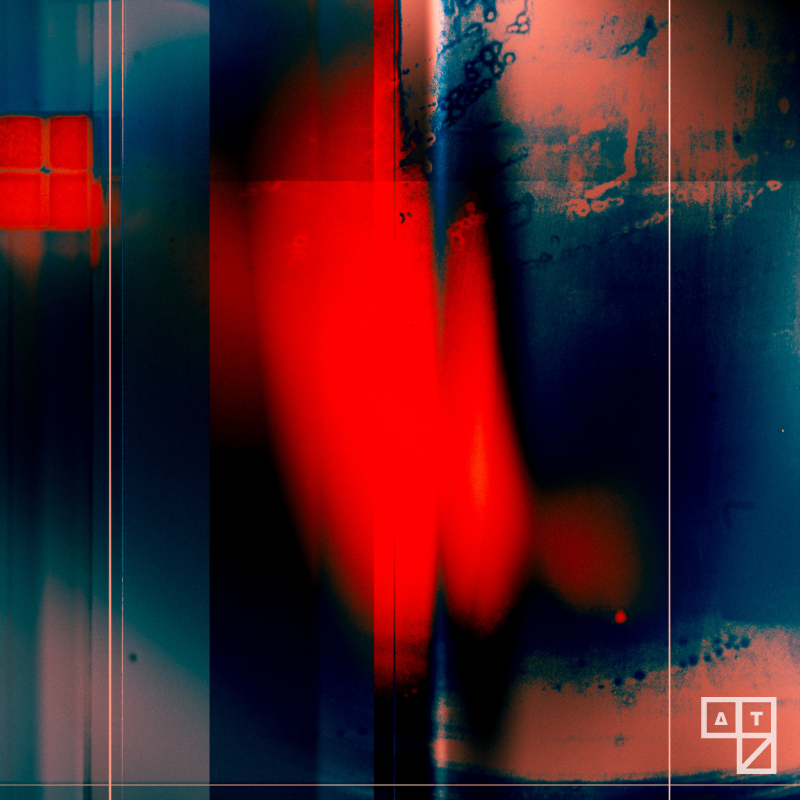
Hi Joris. Could you introduce yourself to the Art Terms Magazine readers?
My name is Joris Graaf. I was born in The Hague (The
Netherlands), but spent a significant portion of my younger years in Asia and
Australia due to my father’s work. I went to high school and university back in
The Netherlands and studied to be a geologist. I worked in industry for more
than a decade before switching my attention to making art, full time, around 3
years ago. I currently live and work in Wateringen, close to The Hague.
Your photograph has various colors and it’s hard to find
clear objects on it. Could you briefly explain to us the process of making your
works?
My digital photographic works begin
with me either looking for scenes to photograph, or constructing these myself
with all kinds of materials. The photographic material that I amass in this way
forms the raw ingredient that I then process in a software package called
Lightroom (a digital counterpart to the traditional photographic dark room).
Over the years, I developed a method to mis-use this program to transform my
photographic images into artworks, which bear a resemblance to paintings. More
recently, I have also started to create physical collage pieces by attaching
cut-up prints to hardboard supports.
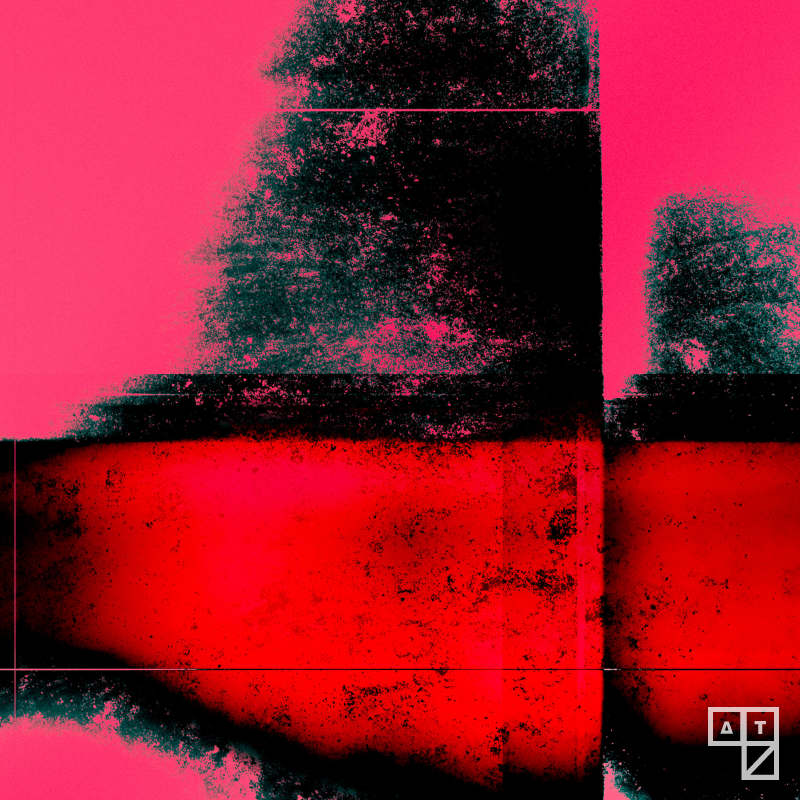
Mean Charlene. 2020. digital photographic artwork. dimensions variable.
Where do you usually get your inspiration?
I’m a very emotional and intuitive
person and this is really where my inspiration mostly comes from: my own
feelings, memories, fears and fantasies. I also let myself be inspired by the
music that I listen to.
Most of your paintings have similar patterns like lines. What
do those patterns mean?
The patterns themselves don’t really
have significance. They’re just part of the larger picture when I try to
create a particular atmosphere. My work always contains varying degrees of
order and chaos, straight lines and noise.
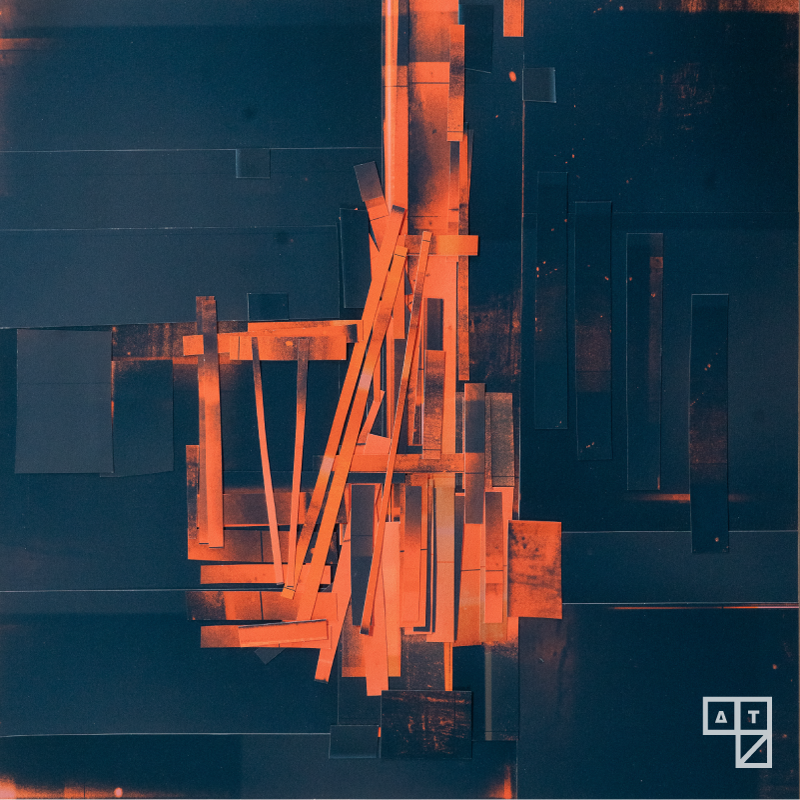
Do you usually make plans out for every single thing before
you create artworks? Or do you make artworks spontaneously?
Both happen. Sometimes I walk around on
the street somewhere and then, by chance, find a beautiful structure or shape
which I then photograph and use as the basis for digital photographic
artwork. On other occasions, I wake up in the morning and just decide to create
a particular type of piece. Then I try to recreate that idea as closely as I
can (although it never ends up exactly the same as the idea in my mind).
What’s the essence of your artwork?
I don’t know. I find this a difficult
question to answer. I just make art because I have an extremely strong urge to
do so. I don’t make art to convey stories or messages to other people. I just
want to make a visual representation of what I’m feeling or thinking at a
particular time. I want to create atmosphere.
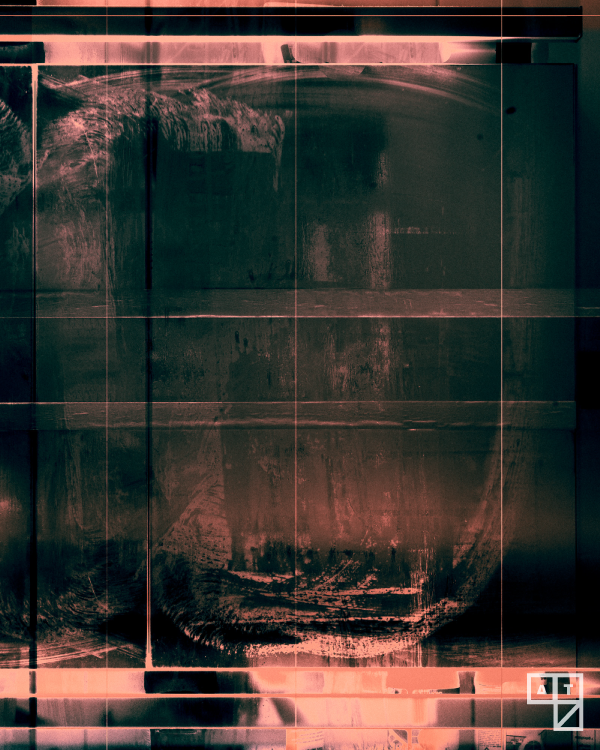
Nostalgie Nr. 23. 2019. digital photographic artwork. dimensions variable.
What artist influenced you the most?
I think that I’ve drawn influences from
lots of different artists. Especially when you’re just starting, you tend to
use elements of other people’s work, whether consciously or subconsciously. I
started off as a ‘pure’ photographer. Many of my photos were kind of abstract,
but I didn’t do a lot of digital processing. The thing that influenced me the
most was when I discovered the world of contemporary abstract painting on
Instagram. I didn’t know anything about art (I still don’t), but when I saw
these paintings for the first time, they really struck a chord with me and I
knew in which direction my art should go. But I had absolutely no skills as a
painter, so I started to process my photos in such a way that they resembled
paintings.
What is your favorite comment or critique you’ve received
about your work?
Someone once used the caption “Saudade”
when sharing one of my artworks on Instagram. I didn’t know what it meant, so I
looked it up: “A deep emotional state of
nostalgic or profound melancholic longing for something or someone that one
cares for and/or loves” [wikipedia]. I’m
very grateful to this person because I think that the term closely describes a
theme that is ever present in my work and I never knew what to call it before.
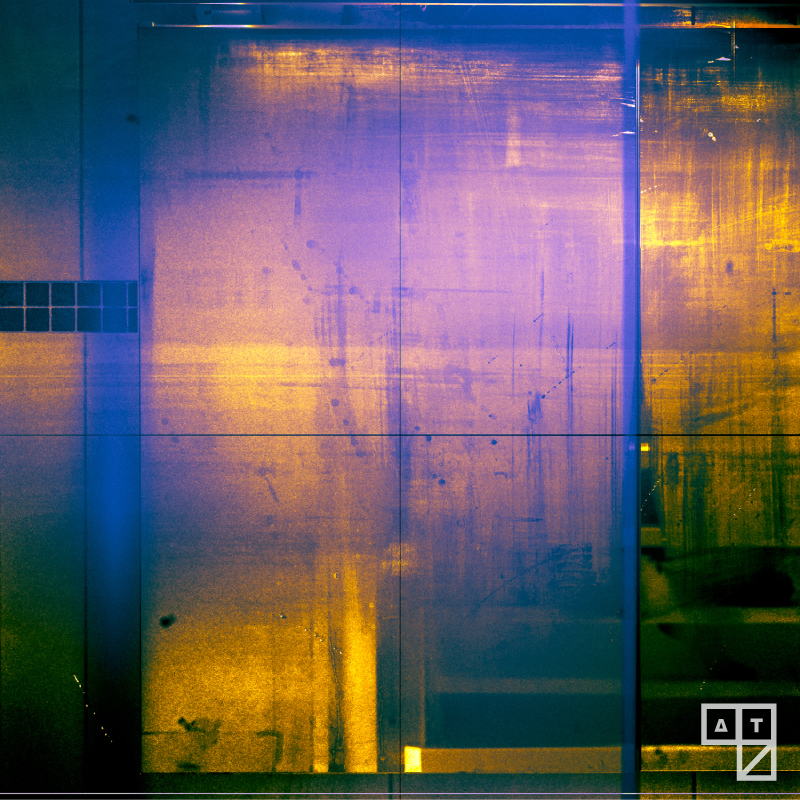
Do you have an artwork that you are proud of or especially
attached to?
At the moment, that would be a piece
called “the boundary condition”, a small collage work. I’m very proud of this,
because it was one of the first artworks in a long time that I made with my
hands. Before that, I had been working digitally for a long time. For this
piece I had a strong idea beforehand of what I wanted to make and how I was
going to do it. I was really happy with the result and absolutely thrilled that
it got sold to a collector in New York City.
What was the most difficult experience while creating amazing
artworks?
I think that I’m experiencing that
right now! The last few years have been great for me: I was full of inspiration
and ideas and I managed to create a large number of artworks one after the
other. But, since the end of 2020, when the third wave of Covid struck the
Netherlands, I’ve been suffering from severe artists block. I lost my way for a
while and I’m just now starting to crawl out of it.
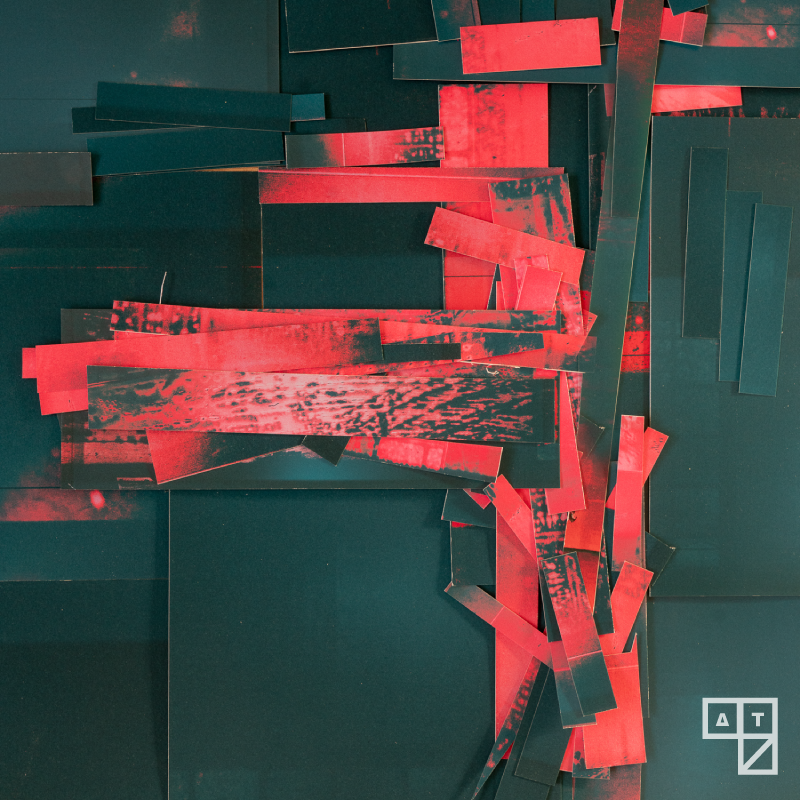
What is the most important detail or point you consider the
most (when creating artworks)?
The work needs to be a true expression
of me, of my personality and emotions.
Do you remember when your artwork was first sold? How was it
like?
I think it was at an exhibition that I
had in Germany in 2018. I just felt extremely proud. Selling a piece of art is
the greatest compliment that I can get as an artist. The fact that people are
willing to give me money to have my art in their homes is incredible.
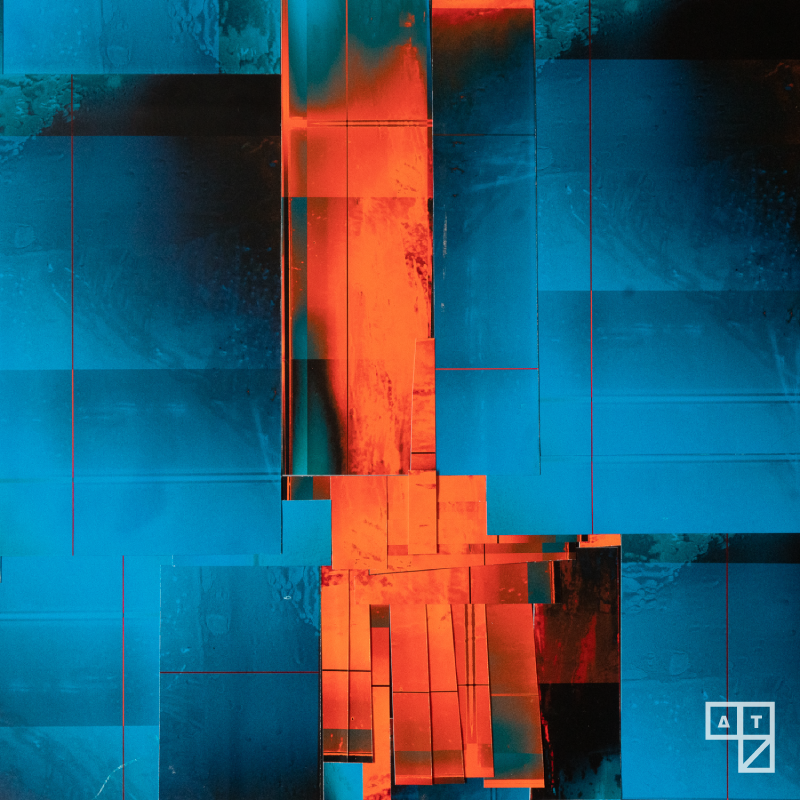
How do you think social media affects the art field?
It is both the greatest and the worst
thing there is: It has given a whole generation of artists an audience that
they would never have had otherwise, myself included. It is also a curse: I’ve
grown to rely upon it too much. At a certain point, I started using the
response that I got on social media to a particular new artwork as a gauge of how ‘good’ that artwork was. I’m very sensitive to other’s opinions. If I
posted something and it didn’t get a huge response, I’d become really depressed
and confused.
Is there an artistic goal that you would ultimately reach through your work?
At the moment, I’m just trying to be
consistent and confident. I’m neither of these yet.
Is there a new material, genre, or expression technique you
want to try?
Well, as I mentioned above, I’m in the
middle of a change right now. After a few years of working digitally, I
developed a very strong urge to work with my hands. That’s when I came up with
the idea to cut my own prints into pieces and to re-arrange those into new
compositions to create collage artworks.

What kind of artist do you want to be remembered as?
I hope as someone who did his own
thing; heartfelt, authentic, original. I still have a long way to go and much
to learn.
What can we expect from your next works? Could you give us a
slight hint?
I’ve been thinking a lot about the
direction in which I should go: Just digital? Or only collage? Should I
choose? But I don’t think that there
will be any big changes in the near future. I’m going to continue doing both:
digital photographic artworks and collage.
Thank you so much for taking the time for the interview.
Would you like to say something to the readers of Art Terms Magazine?
Thank you very much for your interest
in my work and for taking the time to read this interview.
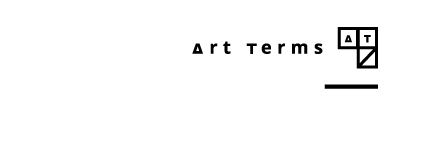
| Prev | [FAIRS] Art Brussels WEEK 2021 |
|---|---|
| Next | [NEWS] New Survey Suggests 15% of US Museums Could Close Permanently |
| List |